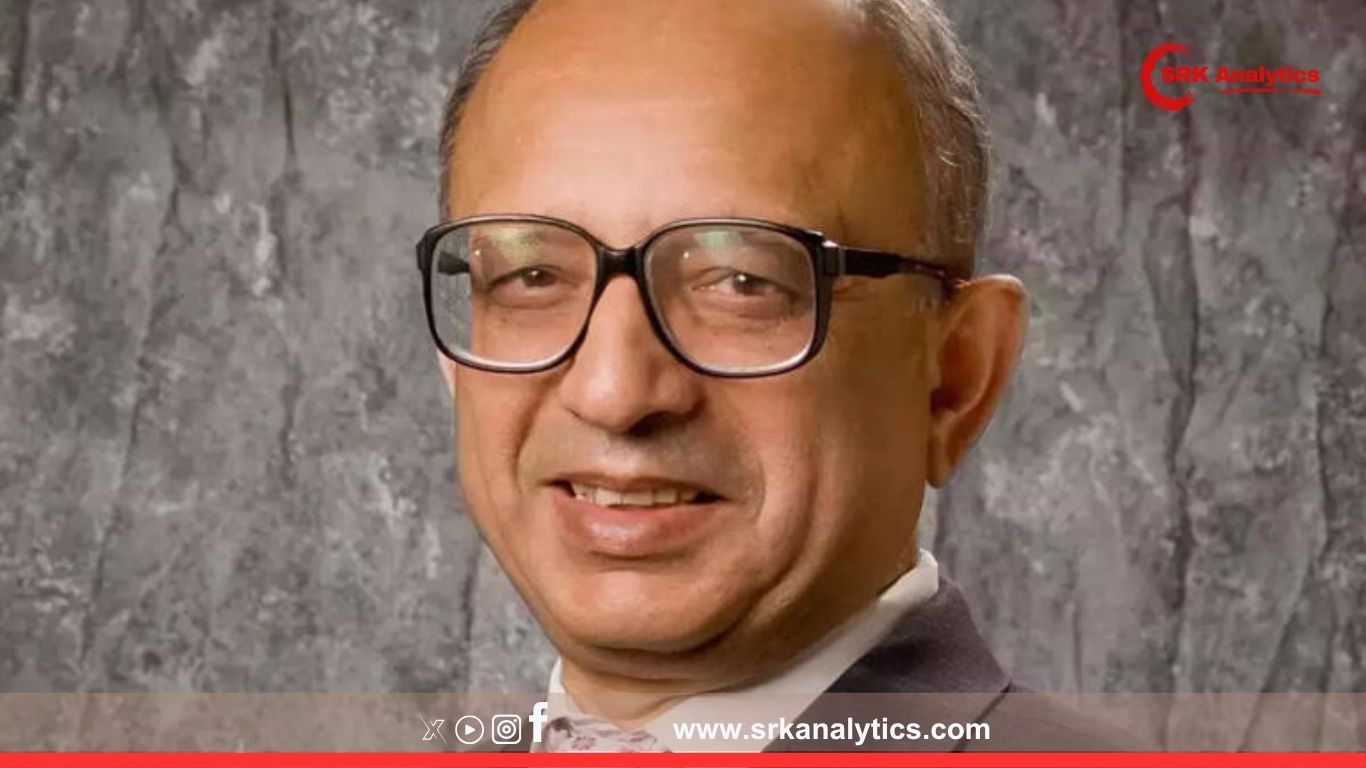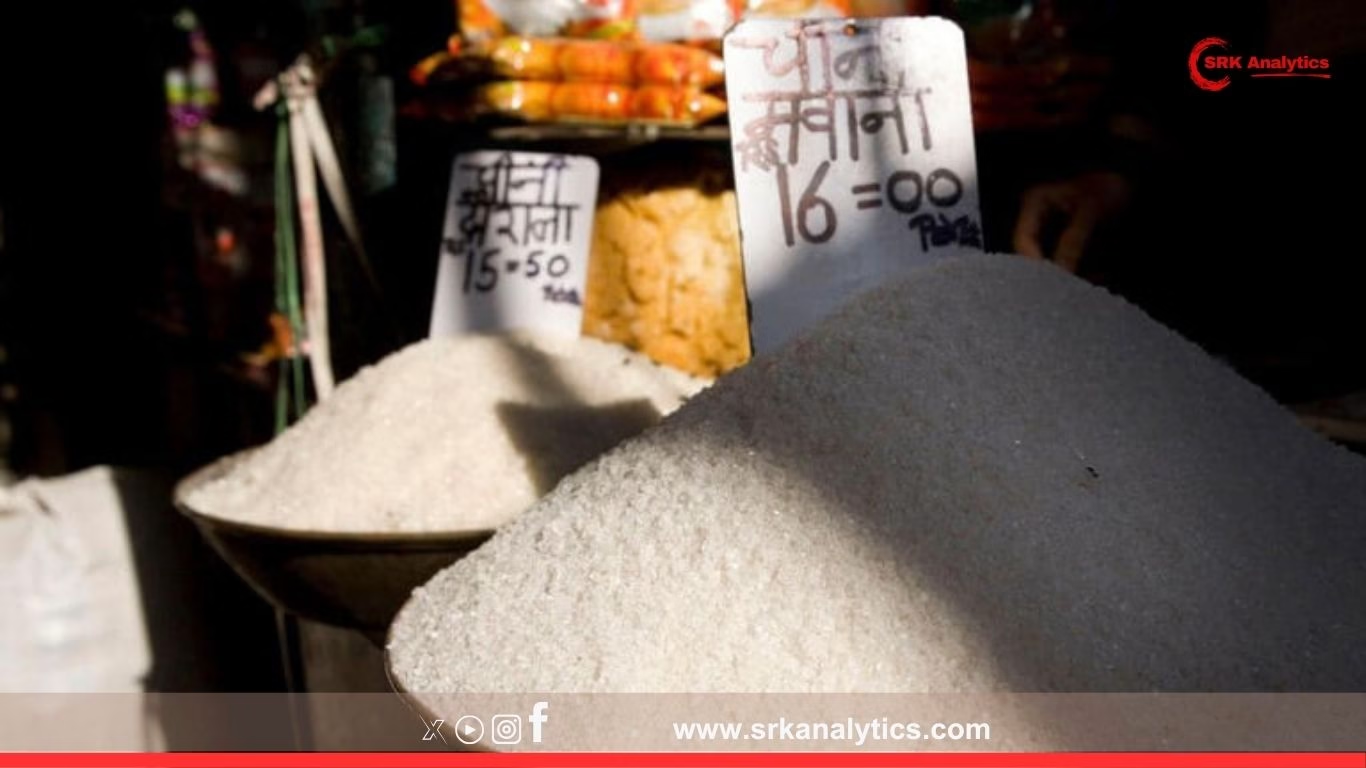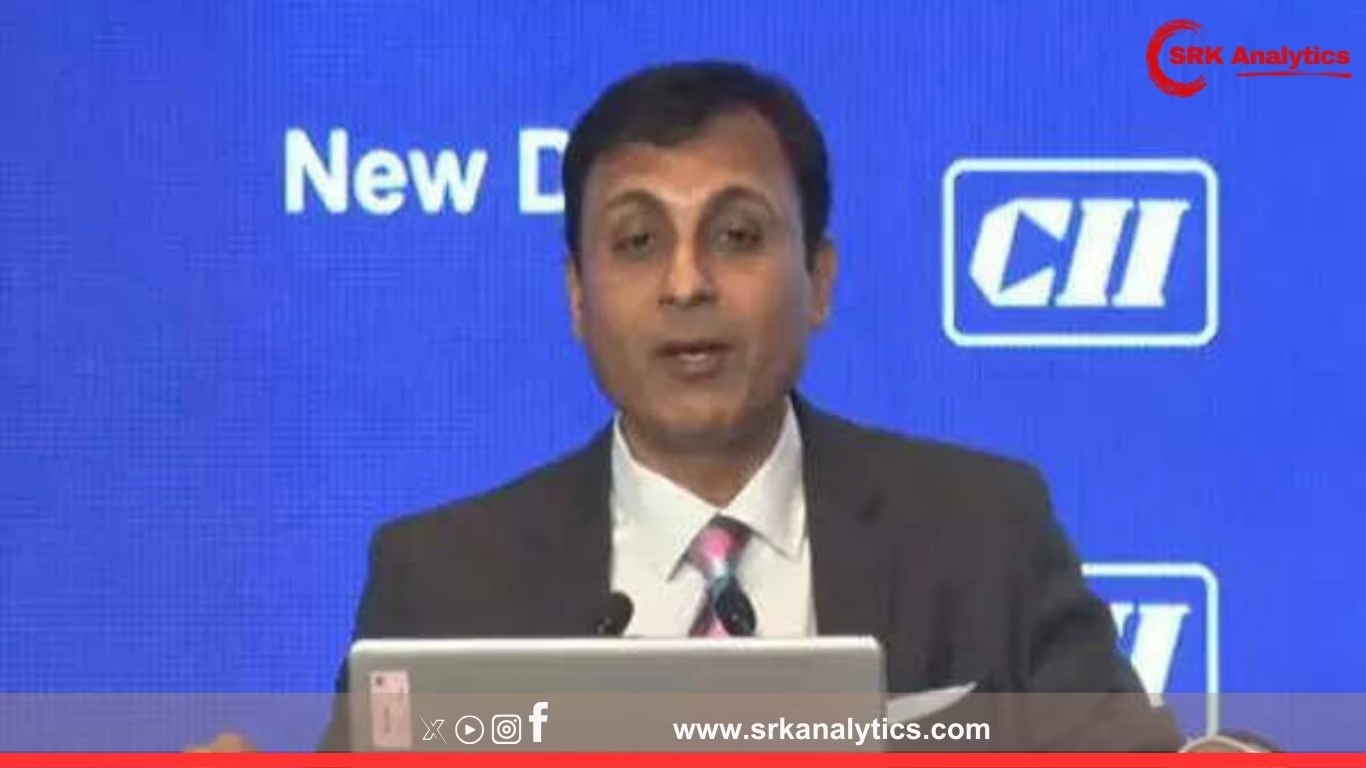Prominent economist and commentator Swaminathan S Anklesaria Aiyar has cautioned India against yielding to US President Donald Trump’s pressure tactics to extract a trade deal that projects victory ahead of America’s upcoming political milestones. In his latest analysis, Aiyar argues that while a limited trade package with the US remains feasible, India should not sacrifice long-term strategic or economic interests for short-term diplomatic optics.
Trump’s Urgency For A Trade Deal
According to Aiyar:
- President Trump is “dying to announce a victory in trade talks”, especially as he seeks to reinforce his ‘America First’ narrative before elections and global diplomatic forums.
- Recent US-China tensions and a cooling domestic economy have increased Trump’s dependence on trade optics to consolidate his political image.
- India, with its fast-growing market, provides an easy headline victory if New Delhi agrees to disproportionate concessions under pressure.
Key Issues In Ongoing India-US Trade Talks
Despite multiple rounds of negotiations over the last two years, major sticking points remain unresolved:
| Issue | US Demands | India’s Position |
|---|---|---|
| Dairy and Agriculture | Greater access to Indian markets for US dairy, poultry, and farm products | Protection of domestic dairy sector, religious concerns over cattle feed sources |
| Medical Devices | Removal of price caps on stents and implants | Health cost priorities for citizens override MNC pricing demands |
| ICT Products | Reduction in import duties on mobile phones and telecom gear | Protecting local manufacturing and job creation |
| Generalised System of Preferences (GSP) | Restoration of GSP benefits removed by Trump administration | India seeks re-instatement to support labour-intensive exports |
Why India Should Resist Over-Concessions
Aiyar warned that:
- India’s domestic markets remain attractive for US exporters irrespective of a formal deal, due to its $3.5 trillion economy and large aspirational middle class.
- Conceding too much on agriculture or pharmaceuticals could set dangerous precedents impacting millions of farmers and affordable healthcare.
- Strategic autonomy must guide trade negotiations, preventing any narrative of India yielding under geopolitical pressure.
He emphasised that:
“Trump is desperate to showcase a victory. This gives India negotiating leverage. Any deal must be reciprocal and protect long-term national interests.”
Broader Geo-Economic Context
The trade negotiations come amidst:
- China’s declining trade relations with the US, creating opportunities for India to increase exports in certain categories like textiles, engineering goods, and chemicals.
- India’s own Production Linked Incentive (PLI) schemes to boost manufacturing self-reliance and reduce over-dependence on imports.
- The evolving Indo-Pacific security landscape where economic cooperation and strategic balancing increasingly intersect.
Potential Trade Deal Structure
Experts believe a ‘mini trade deal’ remains possible covering:
- Mutual reduction of certain tariffs
- Limited concessions on ICT products or agricultural imports with calibrated quotas
- Restoration of GSP benefits for Indian exporters
However, any structural changes in sensitive sectors like dairy, agriculture subsidies, medical device pricing, or e-commerce data rules are unlikely without deeper domestic consultations.
Impact On Key Indian Sectors
| Sector | Potential Gains | Potential Risks |
|---|---|---|
| Textiles & Leather | Better US market access post-GSP restoration | Compliance with US labour and environment norms |
| Pharmaceuticals | Opportunities in generics exports | Pressure to dilute price caps on devices |
| Agriculture | Niche export opportunities for certain fruits, spices, and rice | Threat to dairy and poultry industries from US imports |
| ICT & Electronics | Cheaper US imports for consumers | Undermining domestic electronics manufacturing ecosystem |
India’s Current Trade Strategy
Under the Modi government’s current trade strategy:
- Negotiations with US remain active but cautious, aiming to secure fair reciprocity.
- Focus remains on trade diversification towards EU, UAE, and Southeast Asia, reducing dependence on any single partner.
- The government is strengthening domestic capabilities under Atmanirbhar Bharat to improve negotiation leverage in future trade deals.
What Economists Recommend
Swaminathan Aiyar’s core recommendations for India include:
- Do not rush into agreements driven by the political timelines of other nations.
- Ensure any trade concessions are reciprocated equally, creating balanced market opportunities.
- Maintain clarity on domestic red lines in agriculture, health, and strategic sectors.
- Use India’s demographic and market advantages as negotiating strength rather than defensive vulnerability.
Industry Reactions
Indian exporters, especially in the textile and leather sectors, have welcomed prospects of GSP restoration. However, dairy and farmer organisations have strongly opposed any concessions that may flood Indian markets with subsidised US farm products, affecting local incomes.
A Mumbai-based trade analyst noted:
“India’s past experience with FTAs shows that quick deals can create long-term sectoral damage if not carefully structured. This time, with US elections looming, India holds cards it must use wisely.”
US Political Imperatives And Possible Scenarios
As the US election campaign intensifies:
- Trump is expected to pursue quick trade headlines to showcase economic diplomacy wins.
- If India delays beyond this window, negotiations may have to restart under a new administration or during Trump’s second term with altered political priorities.
- Conversely, a strategically balanced mini-deal could open diplomatic goodwill without harming domestic economic fundamentals.
Conclusion
Swaminathan Aiyar’s cautionary note highlights a fundamental truth in international negotiations – timing and leverage matter as much as substance. As President Trump seeks a trade victory to bolster his domestic narrative, India must prioritise long-term sectoral interests, food security, and strategic autonomy while remaining open to win-win arrangements that support growth, exports, and investment flows.
Disclaimer: This article is intended for general news and policy awareness. It does not constitute financial or trade advice. Readers are encouraged to consult domain experts for detailed analysis of bilateral trade agreements and their sectoral implications.











